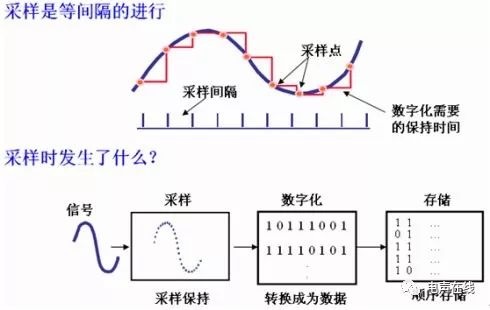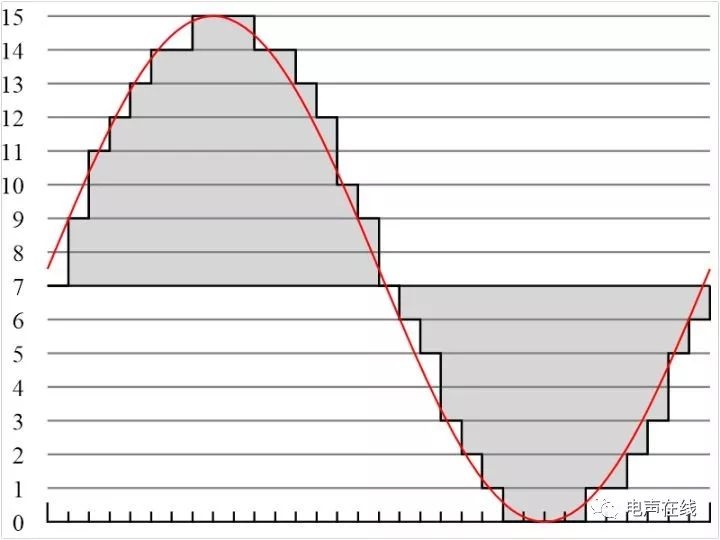Frequency and sampling rate of digital power amplifier chip
Time:2024-05-09
Views:136

We often hear an indicator of a digital sound called the sampling rate, also known as the sampling speed.
Its definition is: it is the number of times that the exponential word circuit collects sound samples per second, and it is an important indicator to describe the sound quality of the sound, measure the quality of the sound card and digital processing circuit.
Generally speaking, the higher the sampling frequency, that is, the shorter the sampling interval, the more sound sample data obtained per unit time, and the closer the representation of the reflected sound waveform is to the original sinusoidal and smooth symmetric waveform, that is, the so-called fidelity.
The figure below reflects the waveform presented by the digital circuit during the sampling process, one step can be regarded as a sampling, obviously, the more these sampling steps 7, the closer the original sinusoidal waveform.


The interval between two samples is the sampling rate. The sampling rate is how many of these measurements are made per second.
In the audio field, we want the sampling rate to be twice the highest frequency to be sampled, so that we can obtain better sound quality, for example, 41k, which is twice the highest frequency of audio 20kHz.
|
Disclaimer: This article is transferred from other platforms and does not represent the views and positions of this site. If there is any infringement or objection, please contact us to delete it. thank you! |











